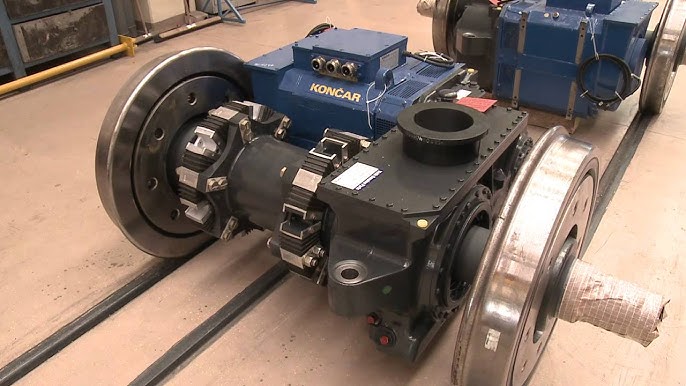
Railways Traction Motor Market to Reach $48 Billion by 2030
Share

The global Railways Traction Motor Market is projected to reach USD 48 billion growing at a CAGR of 3% by 2030, according to a recent research report by Next Move Strategy Consulting.
Test It First – Download Your FREE Sample!
What is a Railway Traction Motor?
A railway traction motor is a specially designed motor used to propel locomotives. These motors generate the necessary torque and mechanical force to move the heavy railway coaches over long distances. Their ability to deliver high torque at low speeds and maintain efficient performance at high speeds makes them an essential component for the effective functioning of trains.
The adoption of traction motors is growing due to their vital role in ensuring smoother, more energy-efficient train operations, even for longer, heavier trains.
Market Drivers
The growth of the railway traction motor market is primarily driven by the following factors:
- Increasing Electrification of Railways: As governments and organizations push for more eco-friendly and energy-efficient transportation options, electrification of railways is on the rise. Traction motors are a key technology in this transition.
- Improved Infrastructure and Investment: With the growth of urbanization and infrastructure development, there is an increasing demand for metro and mono-rail systems, which heavily rely on efficient traction motors.
- Government Regulations: Stricter environmental regulations in regions like North America are driving the demand for cleaner, electric-powered railway systems, which further boosts the demand for traction motors.
However, the high cost involved in the design and manufacturing of these motors could pose challenges to the market’s growth.
Market Segmentation
The railway traction motor market is segmented by type, application, and geography:
- By Type: The market is divided into direct current (DC) traction motors, alternating current (AC) traction motors, and synchronous AC traction motors.
- By Application: The market is categorized into diesel locomotives, electric multiple units (EMU), electric locomotives, and direct electric locomotives.
- By Geography: The regions analyzed include North America, Europe, Asia-Pacific, and Rest of the World (RoW).
Regional Insights
- North America is expected to hold the largest market share throughout the forecast period, driven by stringent government regulations aimed at reducing pollution, the development of modern rail infrastructure, and increased adoption of mono-rail and metro rail systems.
- Asia-Pacific is anticipated to witness significant growth due to increased electrification of railways, the rising focus on sustainable transportation, and the booming tourism sector that drives the demand for more efficient rail services.
Conclusion
The Railways Traction Motor Market is set to experience steady growth through 2030, thanks to increasing demand for energy-efficient and eco-friendly rail solutions, along with rapid infrastructure development in urban centers worldwide. As countries modernize their rail systems, traction motors will remain an essential component, particularly in the electrification of rail networks.